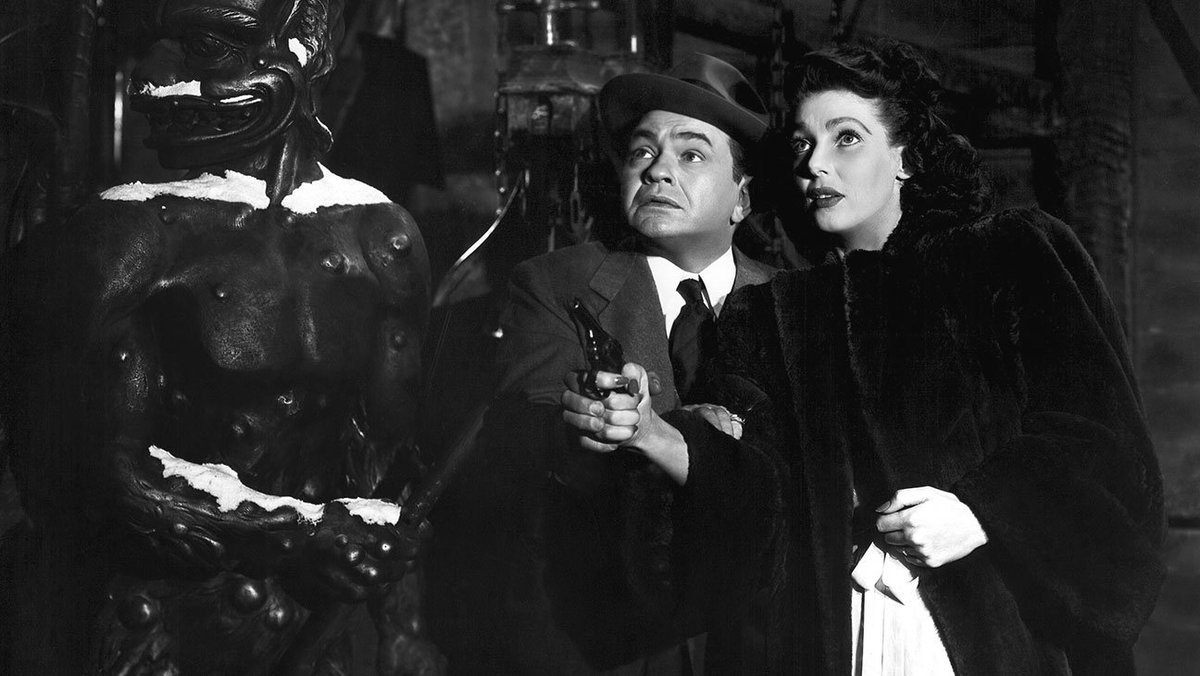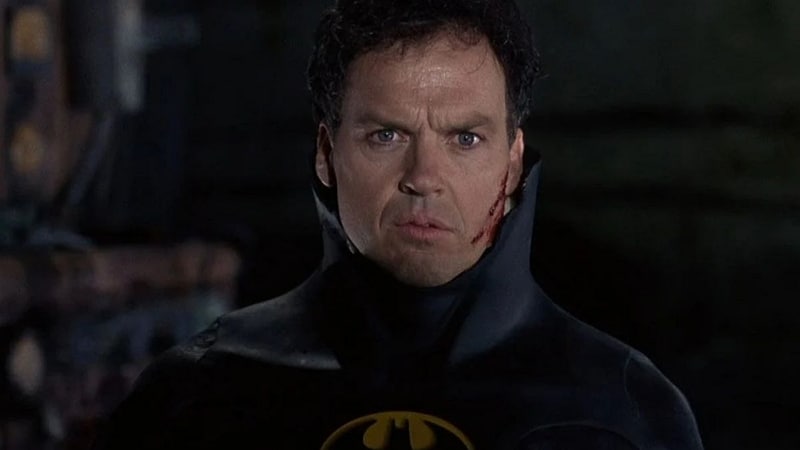A forgotten film in Orson Welles' filmography, The Criminal has been available on Netflix since last week. This is an opportunity for us to talk about this little cinematographic gem too often left aside, which even after seventy years can be regarded as an excellent thriller. A precursor of Hitchcock's cinema, including some scenes that remind us of the classic Vertigo that will be released twelve years later, Orson Welles confirms his incredible talent, in a breathless film controlled from start to finish.
The Stranger stands out as the film echoing the Nuremberg trials. Released in 1946, Orson Welles' fifth feature film was intended to be a "standard Hollywood film". Yet Welles can't help but inject into his film his mastery of the image and his scriptwriting talent, to hold this breathless film from start to finish. Breathless is the word, since The Criminal tells the story of the escape of Nazi Franz Kindler (played by Orson Welles himself) who, wanted by Inspector Wilson (Edward G. Robinson), is hiding under the identity of Professor Charles Rankin.

Even if Welles will consider this film as his least good, The Criminal is nevertheless very beautiful cinema: the scenario is obviously conducive to the play of shadows and light, and Welles manages to exploit these possibilities by giving his film a magnificent photography full of nuances. All the characters are confronted with the masks of the others, so that the camera takes the essential role of unmasking through the light, of exposing crimes and betrayals. If Kindler's entourage is blinded by the perfect costume and ideal appearance of the talented professor, especially his wife Mary (Loretta Young), the light is not fooled by the darkness of the Nazi's soul, and reveals to the viewer all its dark areas. The countless projections of shadows on the light walls of typical American houses resonate as a threat hovering over this false tranquility.
The Criminal is also strongly marked in his aesthetic by flight, that of appearances and denial. The games of glances multiply as the trap is used around Kindler, and Welles' eyes are lost in every corner of the image, in a paranoia so justified and realistic. The many fades so specific to Welles' cinema make us hear here this irremediable chain of revelations and confessions until the inevitable final denouement.The camera follows this escape in beautiful travellings very symbolic of Welles' filmography.

As often in Welles' films, the director gives his characters revealing passions that usually lead to falls and revelations, in this film, Kindler's is watchmaking. In the middle of the hands and numbers, the Nazi criminal finds his all-consuming attachment that will eventually betray his inclinations. Time flees and irretrievably catches up with the criminal, trapped by his own passion. His mistake may have been to restart this clock, only to end up being chased by angels and devils. The fall will be all the harder.
If Orson Welles considers The Criminal as a mistake of course, we cannot help but see this film as a demonstration of strength of Welles' technique. A timeless classic and an eternal picture book, the feature film is to be (re)discovered without further delay on Netflix. And if you want to learn more about one of the greatest directors of his century, we leave you with the show Blow Up which traces the incredible filmography of Orson Welles.







































